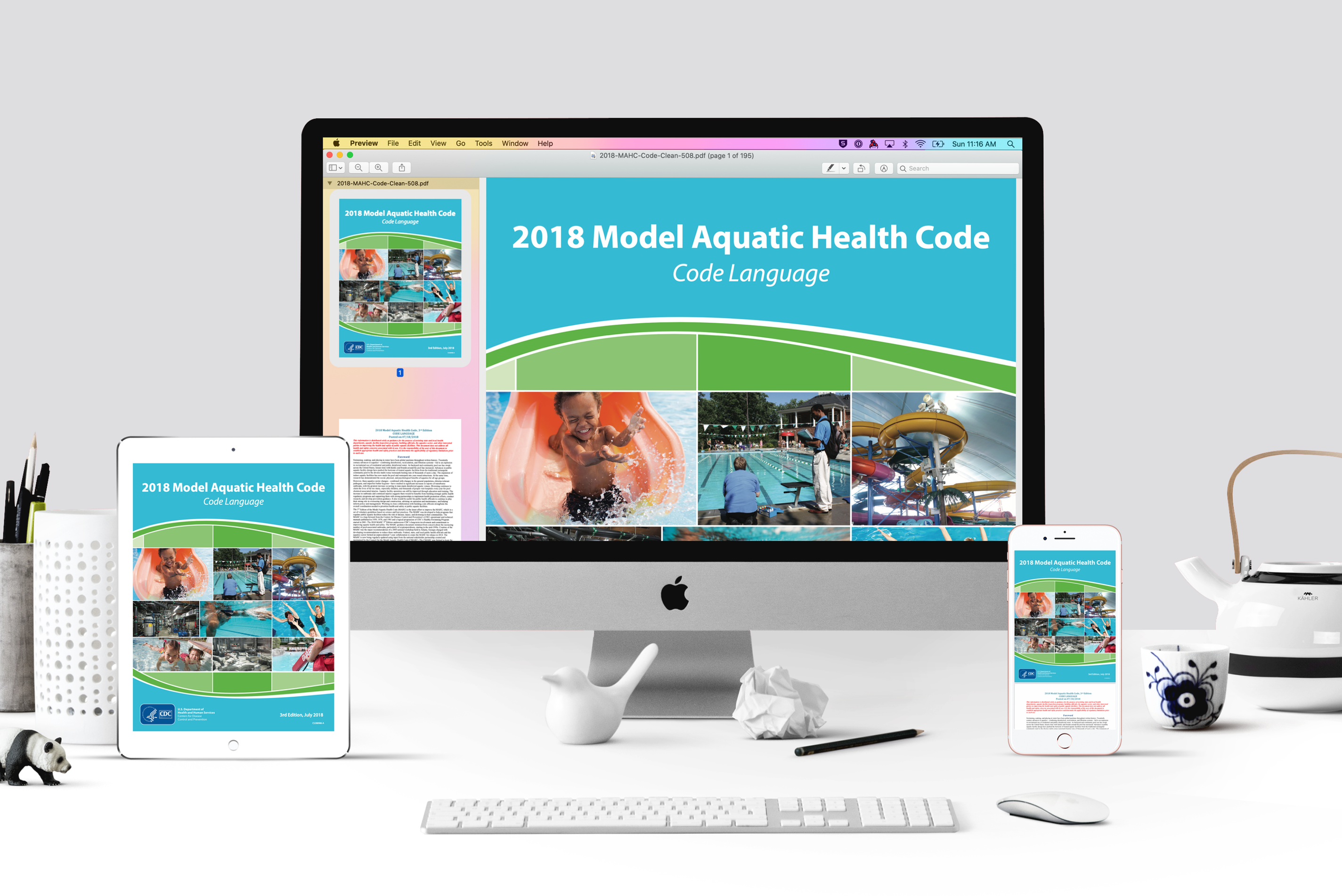Ad Hoc Technical Committees
Artificial Lagoons (2019 to Present)
- Determine applicability/scope of the MAHC as it relates to the various aspects/components of Artificial Lagoons.
- Develop MAHC design, construction, operation, and management standard/best practice recommendations and corresponding Annex and glossary content to include in a Change Request to address Artificial Lagoons.
- Review design and operational features of Artificial Lagoons to determine what aspects are within the scope of the MAHC.
- Identify and review existing state and local codes for Artificial Lagoons.
- Identify existing Artificial Lagoons to assess for venue-specific design, construction, operation, and management issues and to help determine recommendations.
- Assess selected water quality parameters (e.g., turbidity, microbiological) and existing water treatment details
- Evaluate and interpret data
- Identify key design, construction, operation, or management criteria to adequately address water quality
- Determine requirements for recirculation systems, water treatment, and filtration needed to meet MAHC water quality parameters.
- Microbial
- Turbidity/water clarity
- Free and combined chlorine
- pH
- Review MAHC bather supervision and safety requirements and determine recommendations
- Lifeguards
- Barriers/enclosures
- Depth markers and markings
Surf Pools (2019 to present)
- Review and evaluate current Model Aquatic Health Code (MAHC) requirements and definitions to determine if surf pools and corresponding design requirements, including filtration, flow rates/turnover times, disinfection are adequately addressed.
- Develop revisions to the MAHC design and operational standard/best practice recommendations and corresponding Annex content to address identified changes needed to Surf Pool design and operational criteria, as appropriate.
- Review MAHC design and operational requirements for Surf Pools
- Review MAHC water quality parameters
- Microbial
- Turbidity/water clarity
- Free and combined chlorine
- pH
- Determine requirements for recirculation systems and water treatment needed to meet water quality parameters
- Filtration
- Flow rates
- Turnover times
- Surface skimming
- Inlets
- Determine requirements addressing health and safety for functional/structural design elements/features
- Ramps
- Grates
- Support columns
- Identify existing Surf Pools for assessment
- Assess selected water quality parameters (i.e. turbidity, microbiological) and existing water treatment detailsM/li>
- Evaluate and interpret data
- Identify key design criteria to adequately address water quality

